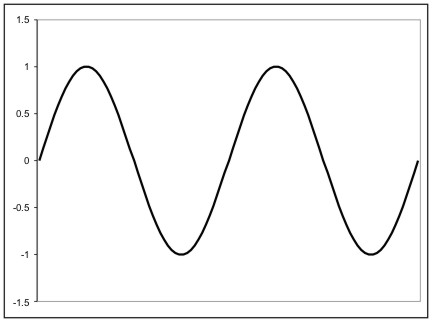- Development of electronics in the late
19th and early 20th centuries focused largely on processing,
transmission, and reproduction of audio
with good "fidelity" as perceived by the human ear
- As active elements such as vacuum tubes
and then
transistors were developed, they were
quickly molded (via negative
feedback techniques) into linear amplifiers, which preserve frequency
distributions and hence the "quality" of audio. THD (Total Harmonic
Distortion) became a key measure of amplifier quality
- Signals were filtered by passive tuned
circuits -- coils and capacitors -- which, like tuning forks, naturally
filter by frequency and produce sine waves when they resonate
- Early radios (crystal sets, regenerative
receivers, superheterodyne) likewise "tuned in" signals by frequency
- Fourier's Theorem (proved by and named
for Jean-Baptiste-Joseph
Fourier in the mid-1800s) stated that any signal could be decomposed
into a unique
linear combination of sine waves of various phases, frequencies, and
amplitudes... in short, EVERY signal could be thought of as being
composed of sine waves!
- Before long, we were living in a
world based on sine waves... and have barely looked back
|
